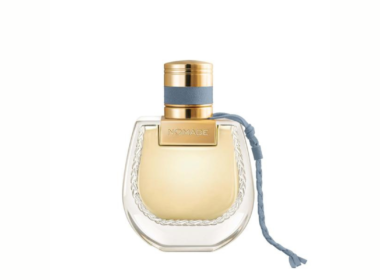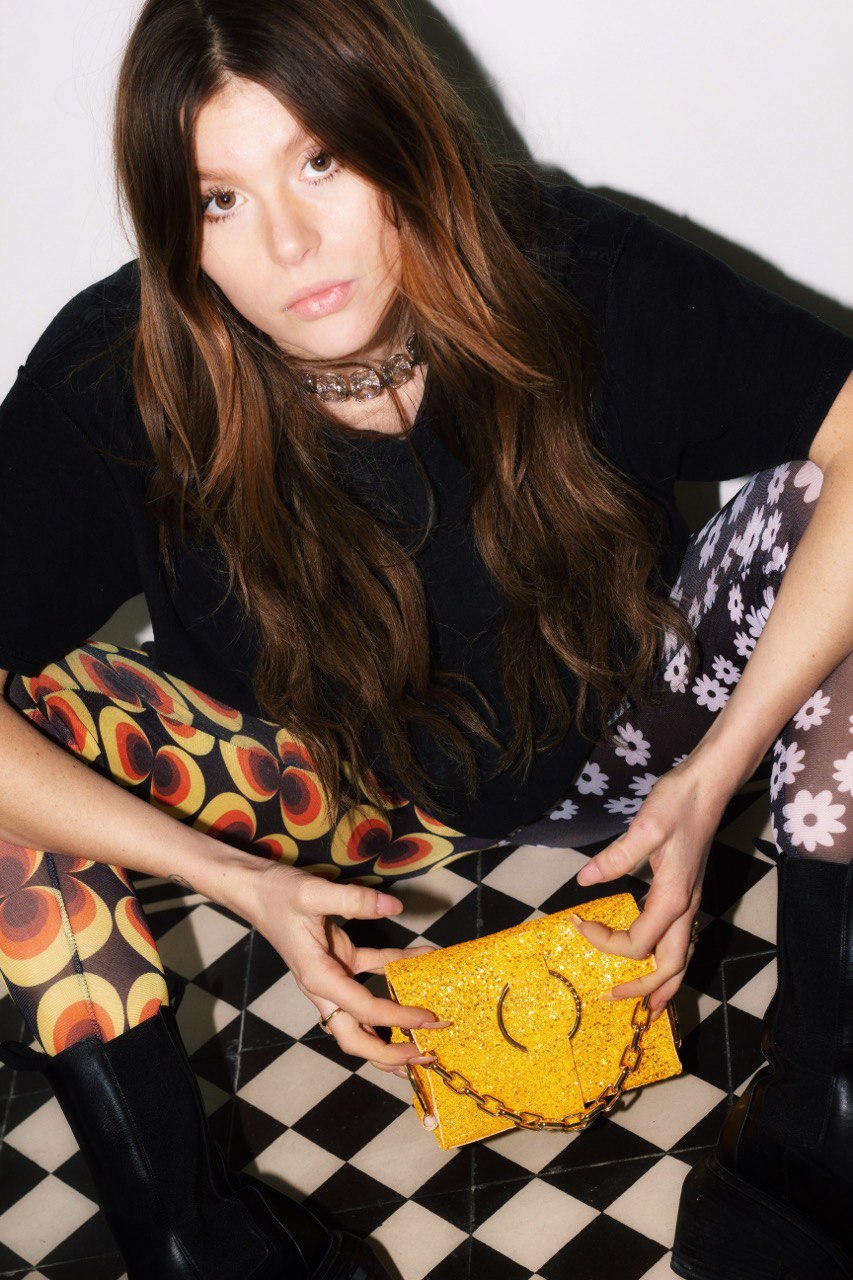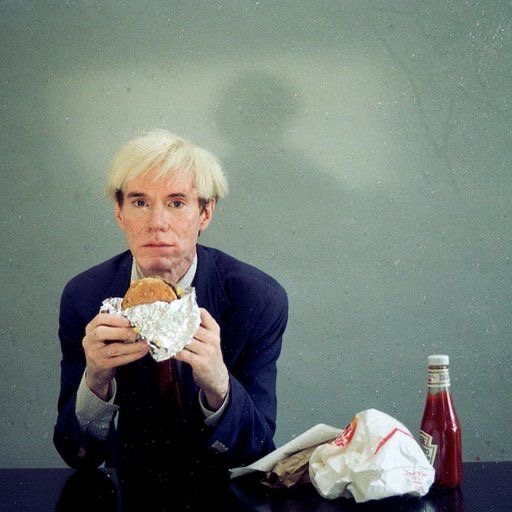Influencer is the word that has been in circulation for years,
In marketing terms, the Oxford definition of an influencer is “a person with the ability to
influence potential buyers of a product or service. Usually, these accounts have a specific
aesthetic or mission statement to appeal to a certain demographic: fashion, fitness, health,
cosmetics, and art are just a few examples.
Well, if the influencers’ primary goal is to get you, the influencee, to purchase the
sponsored product, they’re going to have to keep you engaged somehow.
Influencers are not the direct cause of social media addiction and the pursuit of online
validation – the mentality that you are defined by the attention (here: likes and followers)
your actions (here: looks) receive. But they do represent a product of it, and help to foster
the mentality that someone’s voice is only as important as the number of people who hear
them.
The social media marketing industry thrives primarily off of the insecurities of online users
(here: young and impressionable) and encourages a society that values quantity
(numbers) over quality (self-worth).
Though it is not all bad, there are some positive effects of influencer culture— it gives
people a figurehead for their interests and passions, and provides a role model for a range
of different ideas and lifestyles: for example, body-positive, anti- Face tune influencers
have become more and more popular. There are culinary-oriented influencers that post
recipes of their aesthetic nutritious creations striving to educate and inspire their followers
to pursue a healthy diet (and promoting a brand of organic tofu or artisanal kale chips from
time to time).
At the end of the day, sponsored content is their means of survival. Getting a check from a
brand, be it good or bad, is how influencers are able to concentrate on creation of highquality
engaging content. Getting a day job like the rest of society is a last resort, why
would you try to enter the oversaturated labour market when you invested months (if not
years) trying to enter the even more competitive social media market?
What’s more, many young fans who follow the lives of these Instagram or Youtube starlets
religiously, get the impression that the conventional lifestyle is not for them.
Acknowledgedly, most influencers belong to Generation Z and younger millennials, a
demographic that is notoriously difficult to reach for marketers. This is because this group
of young people are both tech savvy and also place great value on forming their own
identity. This is why teens and young adults today seek to look up to role models to shape
their own behaviour. Having a role model that is relatable and easy to identify with makes it
all the more likely that teens will copy their behaviour. A study conducted by Danielle Leigh
Wagstaff, a psychology professor, says people naturally compare themselves with others
because it helps us figure out where we stand. She believes that Instagram – more so
than any other platform – confuses our social comparison radar. “With Instagram, we have
immediate access to all of these idealized images, which aren’t always an accurate
representation of the world,” Wagstaff says.
Therefore, it comes as no surprise, that many teenagers are becoming increasingly
disinterested in higher education or professional training, because so many of their role
model were able to skip those steps and are earning millions without a university degree
(or even a high school diploma). There is a negative correlation between social media use
and school performance. Yet there is a positive correlation between social media use and
depression. As social media addiction is becoming more prevalent amongst young adults,
so is the notion that ‘attractiveness’ on social media is like a ‘fast track pass’ to success
and wealth.
So are influencers really creating content to inspire us? Or do they actually affect our lives
in a negative way? Is influencers’ paradise-like life #goals ? Or is it increasing anxiety and
emptying bank accounts?










